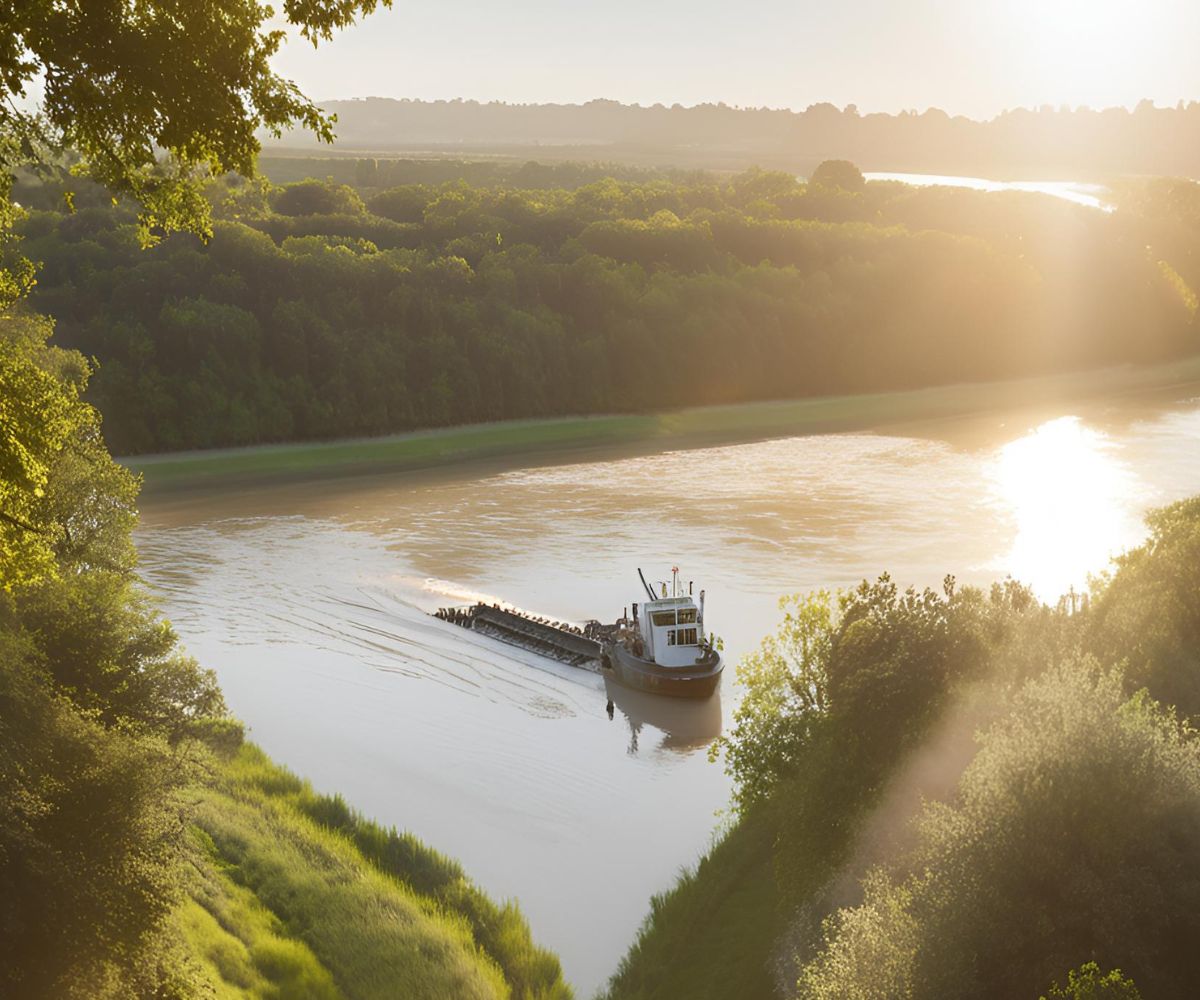Dredging plays a critical role in maintaining waterways, harbors, and coastal regions around the world. It involves the removal of sediment, debris, or other materials from the bottom of lakes, rivers, harbors, and oceans. While it may seem like a straightforward process, dredging is a complex operation that requires specialized equipment, careful planning, and environmental considerations. This post will break down the essentials of dredging, explaining its purpose, methods, and key equipment used, as well as some of the environmental and economic implications involved.
Understanding the Purpose of Dredging
Dredging is essential for a variety of reasons, and its applications extend across multiple industries. One of the most common reasons for dredging is to maintain navigational channels. Over time, sediment can accumulate in waterways, reducing their depth and making them difficult or unsafe for ships to pass through. By removing this buildup, dredging ensures that shipping lanes remain open and accessible, supporting global trade and commerce.
In addition to maintaining navigational channels, dredging is used for land reclamation projects, where large volumes of sand or soil are moved to create new landmasses or restore eroded coastlines. This process is crucial for expanding urban areas, restoring beaches, or rebuilding shorelines after storms or natural disasters. Dredging also plays an important role in mining operations, especially when valuable materials like sand, gravel, or precious metals are extracted from underwater deposits.
Key Equipment in Dredging Operations
Dredging operations rely on a variety of specialized equipment to efficiently remove and transport underwater materials. The central piece of equipment in most dredging projects is the dredger, which comes in several types, such as cutter suction dredgers, trailing suction hopper dredgers, and backhoe dredgers. These machines are designed for different sediment types and project requirements, whether it’s removing soft silt or hard, compacted materials from the ocean or riverbed.
Another critical component in hydraulic dredging projects is the pipeline system, which transports dredged material from the site to a designated disposal area or land reclamation zone. For this, HDPE dredge pipes are commonly used due to their flexibility and durability. These high-density polyethylene pipes are resistant to corrosion and can withstand the harsh conditions often encountered in marine environments. Their ability to handle long-distance sediment transport makes them an ideal choice for large-scale dredging operations, ensuring efficiency while reducing maintenance needs over time.
Common Methods of Dredging
While the fundamental goal of dredging remains consistent—to remove material from underwater—there are several different methods used to achieve this, depending on the nature of the project and the type of material being removed. Some of the most common dredging methods include:
Mechanical Dredging
This method involves the use of heavy machinery, such as excavators or dredgers with buckets, to scoop up materials from the seafloor or riverbed. Mechanical dredging is highly effective for projects that require the removal of hard materials, such as rocks, or for operations in confined areas.
Hydraulic Dredging
In hydraulic dredging, water is used to pump sediment from the bottom of a waterway and transport it to another location through a pipeline. This technique is particularly useful for moving large volumes of sediment, such as sand or silt, and is often employed in land reclamation projects or for deepening channels. Hydraulic dredging is known for its efficiency and ability to transport materials over long distances.
Cutter Suction Dredging
A specific type of hydraulic dredging, cutter suction dredging, involves a rotating cutter that breaks up compacted material on the seafloor before a dredge pump suctions it away. This method is ideal for projects that involve tough, compacted materials that are difficult to remove using other techniques.
Each dredging method has advantages and challenges, and choosing the right one depends on the project’s specific requirements, environmental factors, and the type of sediment being dredged.
Environmental and Economic Considerations
While dredging is vital for many industrial and environmental purposes, it also poses some challenges, particularly in terms of its environmental impact. Dredging can disrupt marine ecosystems, especially when the process stirs up sediment that can harm fish populations or lead to the release of pollutants trapped in the seabed. To mitigate these effects, dredging projects often require environmental impact assessments, and measures are taken to minimize harm to marine life and water quality.
Another consideration is the cost of dredging, which can be significant depending on the scale and complexity of the project. The initial expenses include equipment, labor, and materials transportation. At the same time, long-term costs may arise from the maintenance of dredged channels or the need to repeat dredging after several years due to sediment reaccumulation. However, the economic benefits often outweigh these costs, particularly when dredging supports critical infrastructure like ports or coastal cities.
Dredging is a crucial process that supports a wide range of industrial, environmental, and economic activities. From maintaining navigational channels to land reclamation and environmental remediation, dredging plays an essential role in modern society. By understanding the various methods, equipment, and challenges involved, we can better appreciate the importance of this complex yet vital operation.

